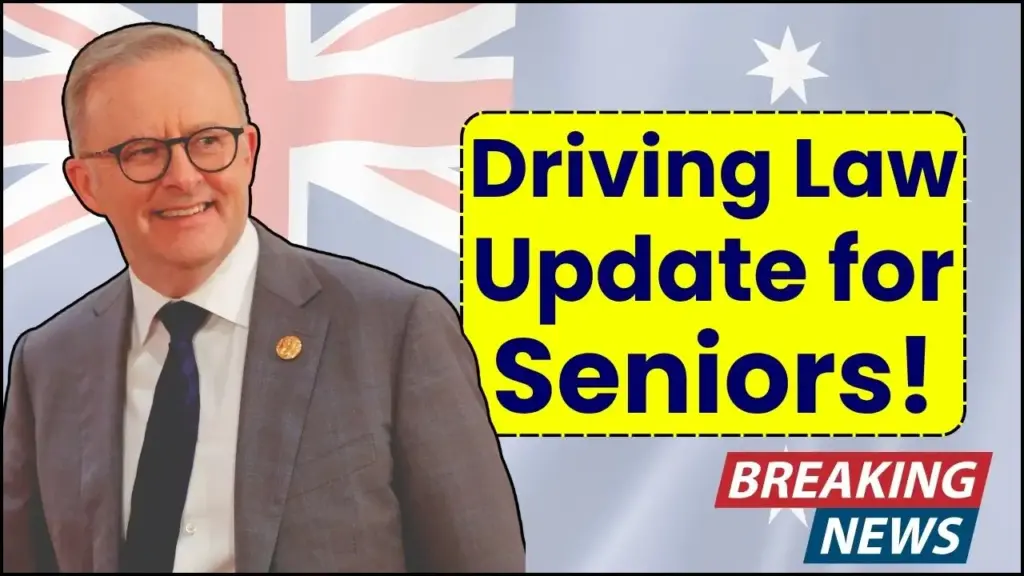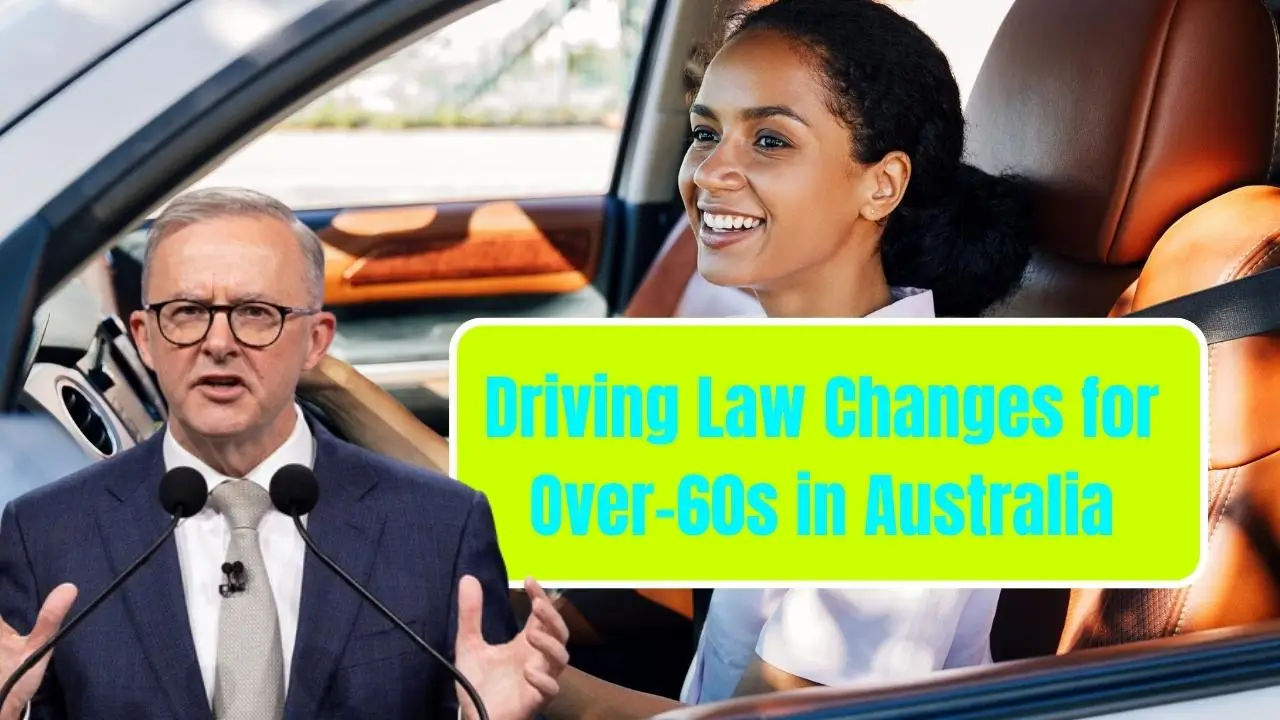Australians have been hearing a lot about senior driving rules in 2025, and it’s easy to feel confused by headlines suggesting sweeping national changes at 60. Here’s the practical truth: older driver regulations remain state-based and focused on medical fitness to drive. The emphasis is on safety and independence, not blanket bans. The big picture is simple—stay medically fit, renew on time, and follow the specific requirements set by the state licensing authority.

This year’s conversation has centered on how medical assessments apply to older motorists in different states. Some jurisdictions require yearly medicals from a particular age, others use case-by-case assessments guided by a general practitioner. For many drivers, nothing changes until the mid-to-late 70s. The process is designed to be straightforward: book a GP check, confirm vision and medications, and comply with any follow-up like a practical drive if recommended. The intention is to keep safe, confident drivers on the road while identifying risks early.
Driving Law Changes for Retirees
| Item | Key point |
|---|---|
| National rule at 60 | No uniform nationwide mandate starting at 60 |
| NSW requirements | Annual medical from 75; practical tests from 85 for unrestricted licences |
| WA approach | Annual medicals from 80; practical only if clinically recommended |
| QLD position | Fitness-to-drive checks continue under existing age triggers |
| Rumour control | No new curfew or blanket night ban for over‑60s |
What actually changes in 2025
- States continue fine-tuning older driver pathways with clinician-led assessments, conditional licences, and clear age milestones rather than one-size-fits-all bans.
- Communication is sharper: authorities are clarifying misinformation and pointing seniors to official guidance for age and licence-class specific rules.
How the medical assessment works
A standard fitness-to-drive check reviews eyesight, medications, chronic conditions, cognition, and mobility. Where needed, a GP can refer to specialists or recommend a practical assessment. Outcomes are tailored: fully fit to drive, fit with conditions, or requiring further evaluation. This keeps the decision in clinical hands and ensures safe mobility rather than automatic restrictions.
NSW: 75 and 85 milestones
New South Wales sets clear checkpoints that are easy to plan for. Expect a medical from age 75 at renewal. From 85, drivers who want to keep an unrestricted licence complete a practical driving test every two years, or they can opt for a modified licence instead. Booking options and assessor pathways are well established, and refresher courses can help build confidence.
WA: annual medicals from 80
Western Australia focuses on the medical first. From age 80, seniors provide a yearly medical assessment. A practical driving test is not automatic at a fixed birthday; it occurs if a clinician identifies a reason. Drivers holding higher classes (like larger vehicles) may face additional practical requirements at older ages, reflecting the complexity of those vehicles.
QLD: steady settings, safety focus
Queensland maintains the established framework. Older drivers continue under fitness-to-drive guidance, with age triggers and medical checks as required. The message is consistent across states: manage health proactively, keep records current, and renew on time.
Misinformation to ignore
A swirl of viral claims has caused unnecessary anxiety—particularly about supposed blanket curfews or bans for drivers over 60. Authorities have rejected those claims. The real system remains medical, age-triggered, and state-led. Always verify details with the relevant state licensing site and current renewal notice.
Conditional and modified licences
If a medical review identifies limits but not a complete loss of capacity, conditions can help seniors keep driving safely. Common examples include daylight-only driving, local-area restrictions, and avoiding high-speed roads. In some states, a modified licence is a practical alternative to frequent on-road testing at higher ages.
Practical steps for retirees 60+
- Check state guidance, not social posts. NSW, WA, QLD, VIC, and others have distinct timelines and forms.
- Book the GP early. Keep a list of medications and report any health changes that could affect driving.
- Consider a modified licence if night driving or highways feel stressful—staying mobile safely is what matters.
Centrelink Cash Boost Rolling Out For Millions Of Australians Within Days
FAQs on Driving Law Changes for Retirees
Are medical tests now mandatory for all retirees 60+ in Australia?
No. There isn’t a uniform national mandate that begins at 60. States set their own age triggers and processes. Many drivers first encounter routine medical requirements in their mid-to-late 70s.
Do seniors over 60 face a night driving curfew?
No. Rumors about a blanket night-time ban for over‑60s are not policy. Where restrictions exist, they’re applied case-by-case as licence conditions based on medical findings.
When do practical tests start for older drivers?
It depends on the jurisdiction. In NSW, drivers who want to keep an unrestricted licence start biennial practical tests from age 85. Elsewhere, practical assessments are typically requested only if a clinician recommends them.
Can conditional licences help avoid full tests?
Yes. Conditional or modified licences can reduce test frequency and tailor driving to individual needs—such as daylight-only or local-area driving—supporting independence while prioritizing safety.
















